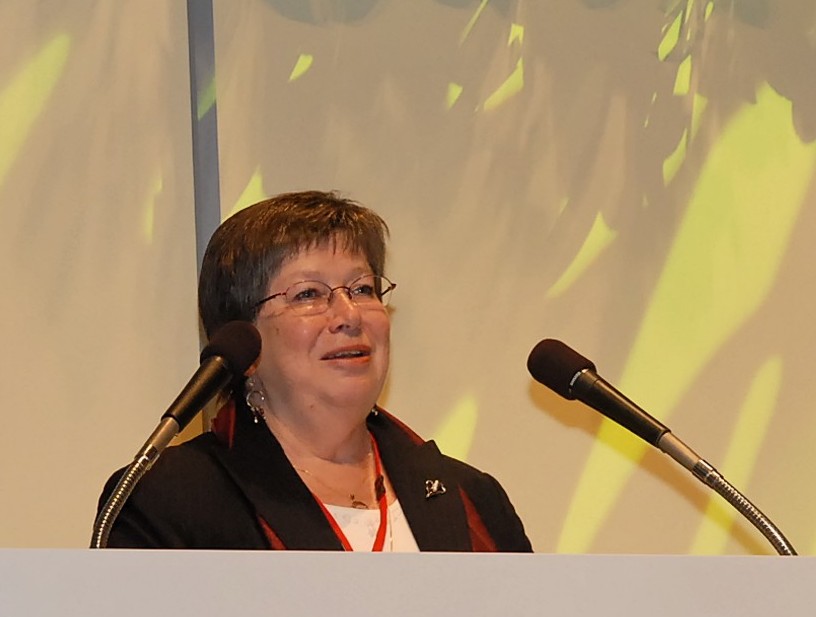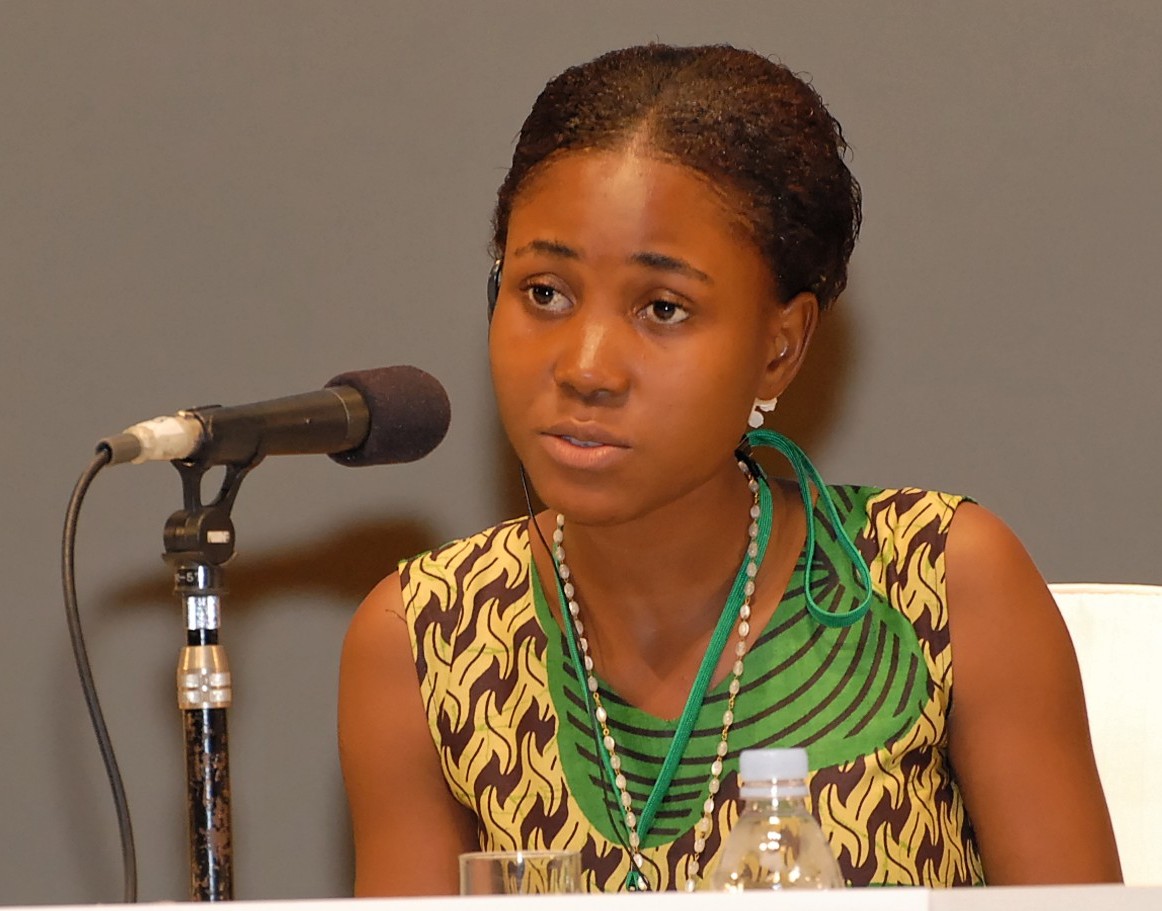Learning to Live Together was launched in Hiroshima, Japan on the occasion of the GNRC Third Forum 24-26 May 2008. The Forum brought together over 1,300 religious leaders of different faiths, grassroots workers, and decision makers from about 60 countries to discuss issues that affect children.
A symbolic place for the remembrance of the need for peace and mutual understanding in the world made Hiroshima a perfect location for the launch of Learning to Live Together, the pedagogical and educational material to promote ethics education developed by the Interfaith Council on Ethics Education for Children.
Learning to Live Together is the first outcome of the worldwide ethics education initiative launched by the Arigatou Foundation and its Global Network of Religions for Children (GNRC). Since its establishment, the Interfaith Council on Ethics Education for Children has focused its work on the development of this resource material to nurture values needed to learn to live together in a plural society. The material has been developed in close cooperation with and endorsed by UNESCO and UNICEF. The launch took place at the occasion of the GNRC Third Forum 24-26 May 2008, where 1300 people from different secular and religious organizations gathered to discuss the moral imperatives to create a better world for children.
 During the launch, Ms. Agneta Ucko, Secretary General of the Interfaith Council on Ethics Education for Children introduced the material as a tool for educators and youth leaders to be used in formal, informal and non-formal settings. She highlighted the importance of the manual to build bridges of trust among children and young people of different cultures and beliefs.
During the launch, Ms. Agneta Ucko, Secretary General of the Interfaith Council on Ethics Education for Children introduced the material as a tool for educators and youth leaders to be used in formal, informal and non-formal settings. She highlighted the importance of the manual to build bridges of trust among children and young people of different cultures and beliefs.
Ms. Ucko pointed out that the main challenge now is how this manual will be implemented around the world and used in various settings including schools, peace clubs and youth groups, to name a few.
For four years the Secretariat of the Interfaith Council on Ethics Education for Children together with the members of its Committee conceived, developed and field-tested the material and trained educators through the GNRC worldwide on how to use it. Learning to Live Together is available in English, French and Spanish and it will soon be translated into Arabic, Japanese and Swahili. Faith-based organizations working for the wellbeing of children in Azerbaijan, Iran and Sri Lanka have promised to translate the material into their own national languages.

Mr. Andres Guerrero, Partnerships Manager at UNICEF Geneva added that Learning to Live Together is a contribution to promote quality education. Mr. Guerrero emphasized on the work that UNICEF is doing in supporting life skills based education for violence prevention and peace building and endorsed the material as a useful tool to empower children and young people to lead successful lives and create healthy societies.

Prof. Alicia Cabezudo, Director of Educating Cities in Latin America and a peace educator spoke about the methodologies that Learning to Live Together uses and their importance in promoting critical thinking and children’s full participation. She noted that methodologies based on experience, cooperation and discussion are needed to foster mutual understanding among people of different faiths and cultures.
Dr. Heidi Hadsell, President of the Hartford Seminary in the United States stressed the importance of ethics education in our societies. Dr. Hadsell emphasized on the valuable material that the Interfaith Council Committee produced by bringing together people of different perspectives, beliefs and backgrounds, and therefore, proving that working interreligiously is possible.
The material was field-tested in 15 countries with more than 400 participants and has led to the development of important activities in the regions where it has been introduced. For example in South Asia, the GNRC Secretariat launched an Ethics Education Campaign called Walking Together to promote ethics education in India, Nepal and Sri Lanka. Dr. Kezevino Aram, Director of Shanti Ashram in Coimbatore, India said that around 3000 children have been involved in this campaign and pointed out that the material has been instrumental in developing children’s abilities to transform their societies and for the adults to learn how to listen to them.

Ms. Clara Mduma, a young member of the GNRC Peace Clubs in Tanzania spoke about her experience participating in ethics education workshops in Geneva and Dar Es Salaam. Clara noted that Learning to Live Together has been used in her Peace Club activities to promote non-violent alternatives and interreligious understanding among youth in her city.
The material is also a contribution to UNESCO’s four pillars for education, from which the manual has taken its name. Ms. Hélène Gosselin, Director of the UNESCO Liaison Office in New York endorsed Learning to Live Together as a needed material to foster intercultural and interreligious learning. Ms. Gosselin corroborated UNESCO’s support to distribute and disseminate the manual through UNESCO offices around the world.
The Manual can be downloaded from Learning to Live Together Programme. For further information, please contact the Interfaith Council Secretariat at mail@arigatou.ch
The Interfaith Council on Ethics Education for Children was established by the Arigatou Foundation in 2004 as an international resource center for dialogue, partnership, and action, to promote ethics education for children and interfaith learning.

